MCCB Current Setting:
MCCB is nothing but a molded case circuit breaker. It is designed to operate all indoor application. MCCB contains the following protection such as over current, short circuit, Instantaneous and earth fault. During loading condition all the protection will be enabled automatically. The current reference will be come from the phase current transformer, which will be placed inside of the MCCB. However, in this article we are going to see the MCCB current setting and how to set MCCB.
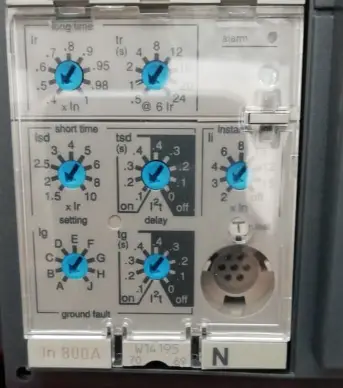
MCCB Current Rating:
Refer the picture of a 800 A MCCB trip Unit. In that, In notates the nominal per phase current of the MCCB. Also, in this type of current setting, you cannot set the over current limit for each phase of the MCCB. Once You set in that, it considers all three phase. Lets see….the common current setting value.
[wp_ad_camp_1]
Over current Protection (Ir):
It is denoted By Ir. Here sub-ordinate r mentions that rated current. This the first dial. It starts from 0.4 to 1.0 which means 40% to 100% of the Nominal current. Typically,
In Our case we have set the MCCB to operate the over current at 320Amps. Also, these type of over current protection are said to be a definite time protection.
Note: For circuit-breakers equipped with non-adjustable overcurrent-trip relays, Ir = In
Over current protection time setting (tr):
It is denoted by tr. In this dial, we set the time limit for the over current protection as we said above. In our case we have set 0.5 sec. It means, the MCCB allows 320+ Amps for just 0.5 sec only. Beyond that limit MCCB trips the circuit. i.e if you have 319 Amps also, it does not count the time, the MCCB become inoperative.
Also another instruction that you can see, @6 Ir, It means the MCCB has overcurrent of 6 times of the rated set current, then it trips immediately Without time delay even without fault.
Short Circuit Protection (Isd):
Current setting:
Short circuit protection is denoted by (Isd). Sd is s short form of short circuit adjustable protection. In our case you can calculate that, Isd = 1.5 Ir. Here you should consider the over current setting Ir value Not a nominal current value of the MCCB (In). because of when increasing in over current, simultaneously, it increases the short circuit current rating also. In our case Isd= 1.5 * 320 A = 500Amps. The MCCB will trip the circuit when the current increases to 500 Amps with the definite time delay.
[wp_ad_camp_2]
Short Circuit Time Delay (Tsd):
The time delay of short circuit current that MCCB allows to flow beyond that limit MCCB trip the circuit or in simple words, MCCB short circuit current time delay. In our case, Tsd is 0.1 sec. It means the MCCB allows 500 Amps short circuit current for 0.1 sec.
In this You can see that, the time setting is divided into two-time delay, here white color is called trip setting and black color is called alarm setting. If you accidently set the tsd value in alarm dial means, the MCCB do not trips the circuit under any short circuit fault condition. Instead it gives signal alarm only.
[wp_ad_camp_4]
Also 0 sec means switch-off the protection.
I2 t Protection (i square t protection)
Another one thing that, you should note that I2 t Protection. I2 t protection means the trip unit consider the equipment temperature. The Value of the I2 t can be calculated by
I2t = k2 S2
which shows that the allowable heat generated is proportional to the squared cross-sectional-area of the conductor. where
t = Duration of short-circuit current (seconds)
S = Cross sectional area of insulated conductor (mm2)
I = Short-circuit current (A r.m.s.)
k = Insulated conductor constant (which can be calculate using this)
Instantaneous current setting (Ii):
It is denoted by Ii. Subordinate i means instantaneous. Instantaneous fault means the current goes high in very short period. To protect the circuit against such fault these instantaneous protection is used. In our case Ii = 2 * In => Ii= 2* 800Amps => 1600Amps.
Ii protection does not have time delay, typically it operates at 0 sec when the fault occurs. But in practical case 0 sec is not possible and it takes 30 to 50 ms for relay processing time.
[wp_ad_camp_4]
Earth Fault Protection or ground fault protection (Ig):
Any one or more phases contact with the ground conductor; such fault is called Earth fault or ground fault. It is denoted by Ig. In our case, it set in Position A., It means the manufacturer already defined the value of A approx. 100 to 200 Amps. Also the remaining position (B, C, D, …. J ) also mentions the same. Each dial has its own tripping amount of current.
Time setting for ground fault:
It is denoted by Tg. Small g means ground fault. In our case, the time delay is 0.1 sec. The MCCB allows 0.1 sec time delay beyond that limit, the MCCB trips. Remember that, the time setting have two dial as we said in short circuit time relay (alarm and trip).
Thanks You guys we have studied about the MCCB current setting.

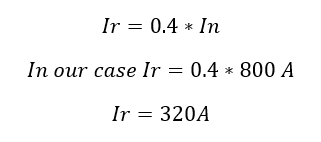
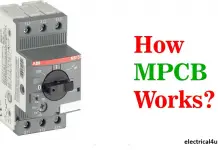
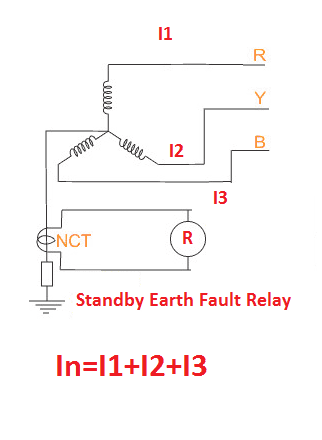
![What is Normally Open & What is Normally Closed [Video Included] What is NO and NC](https://www.electrical4u.net/wp-content/uploads/2020/09/What-is-NO-and-NC-218x150.png)
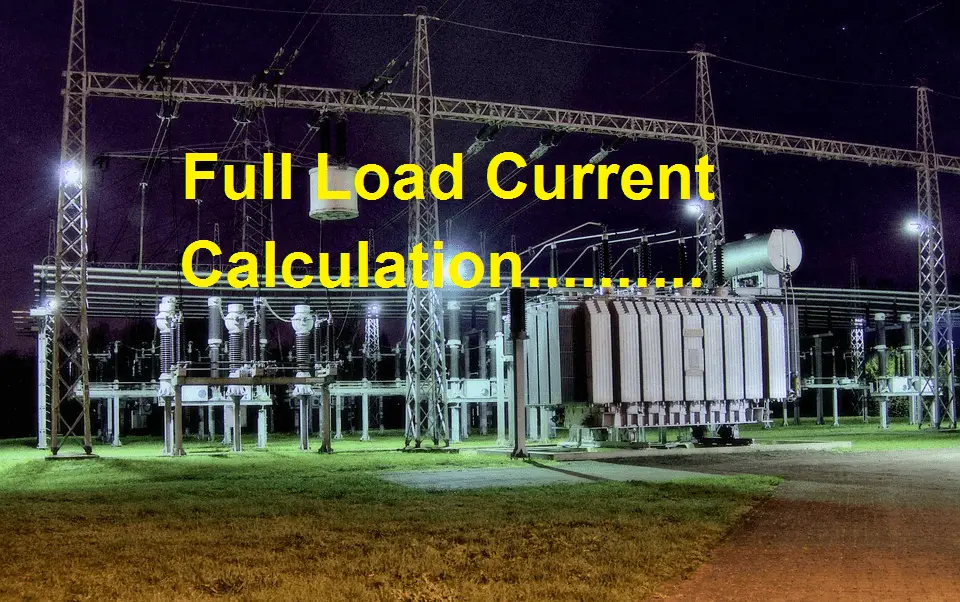
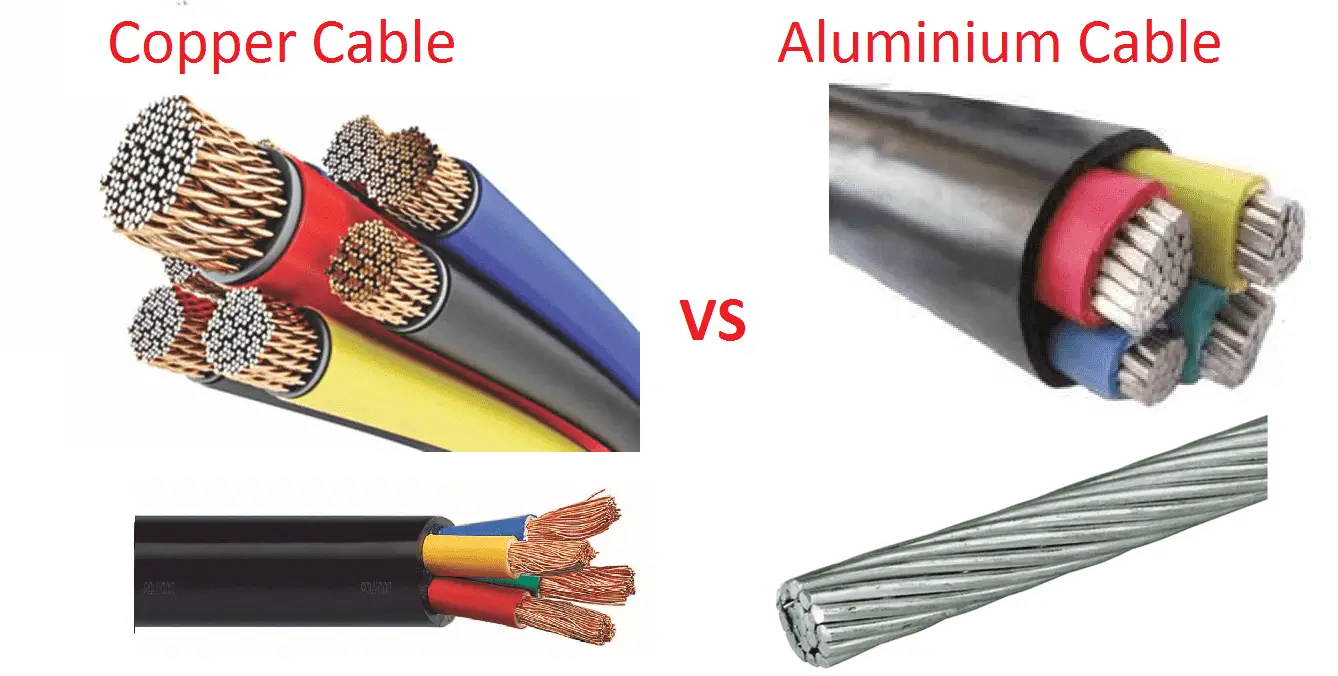
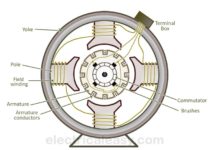
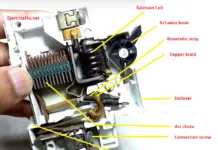
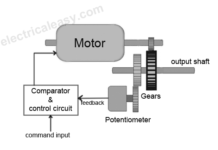
“Also another instruction that you can see, @6 Ir, It means the MCCB has overcurrent of 6 times of the rated set current, then it trips immediately Without time delay even without fault”
Good information on this page but are you sure the above statement is correct ?
The dial would seem to suggest that the delay bands are labelled in seconds of over current at six times the (Ir) rating i.e. in the above example Ir is set to 320A * 6 = 1920A. So overcurrent trip within 0.5 seconds @ 1920A.
Good info, but in: “Also another instruction you can see, @ 6 Ir, it means that the MCCB has an overcurrent of 6 times the rated current set, then it trips immediately without time delay even without faults” is it correct? If it is, the high setting for overcurrent protection would not make sense.
Sir, I would like to thank you from my bottom of heart for your illustrious explanations.
i am engineer